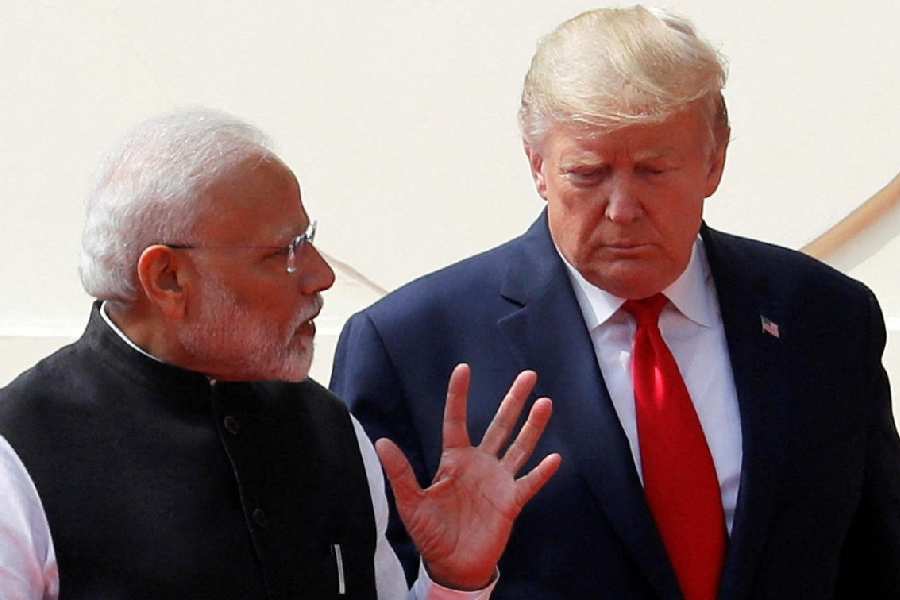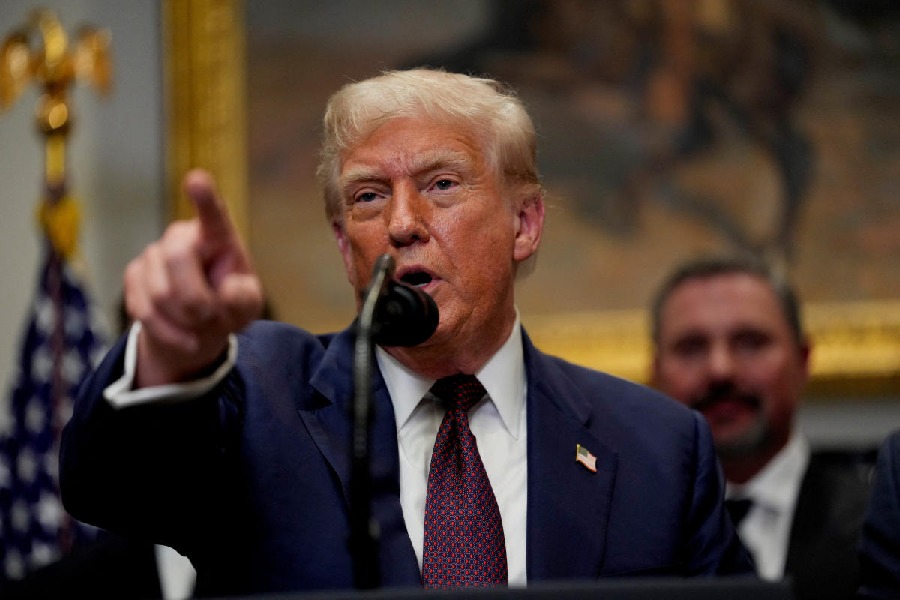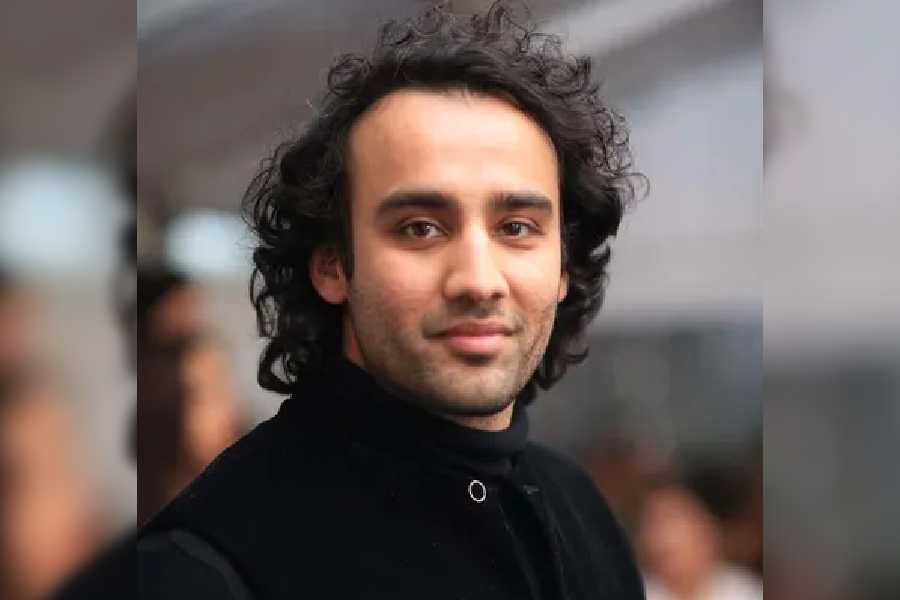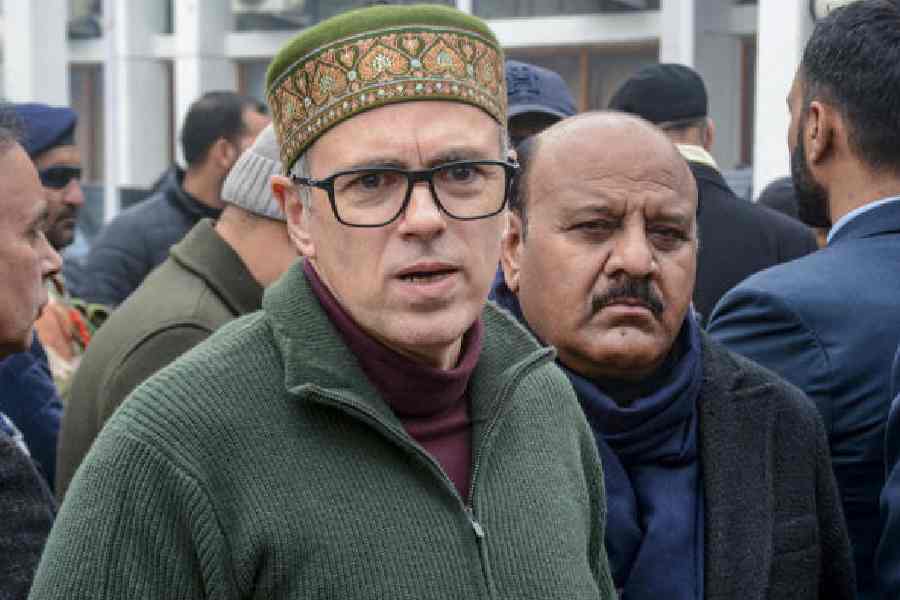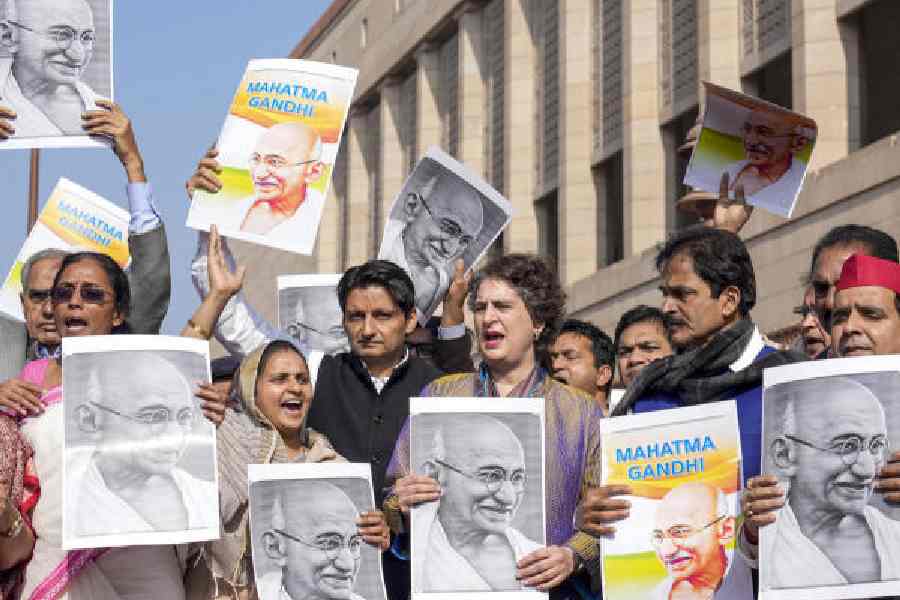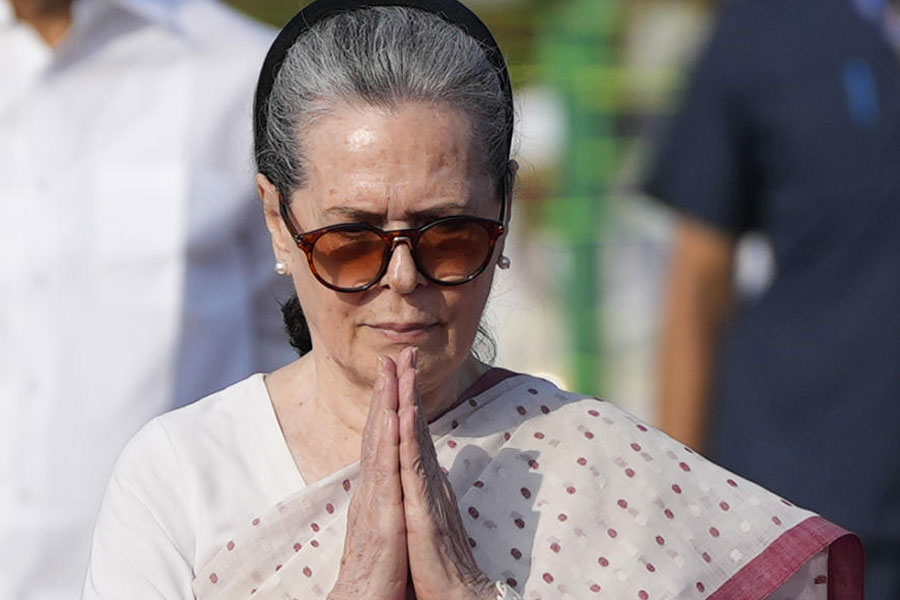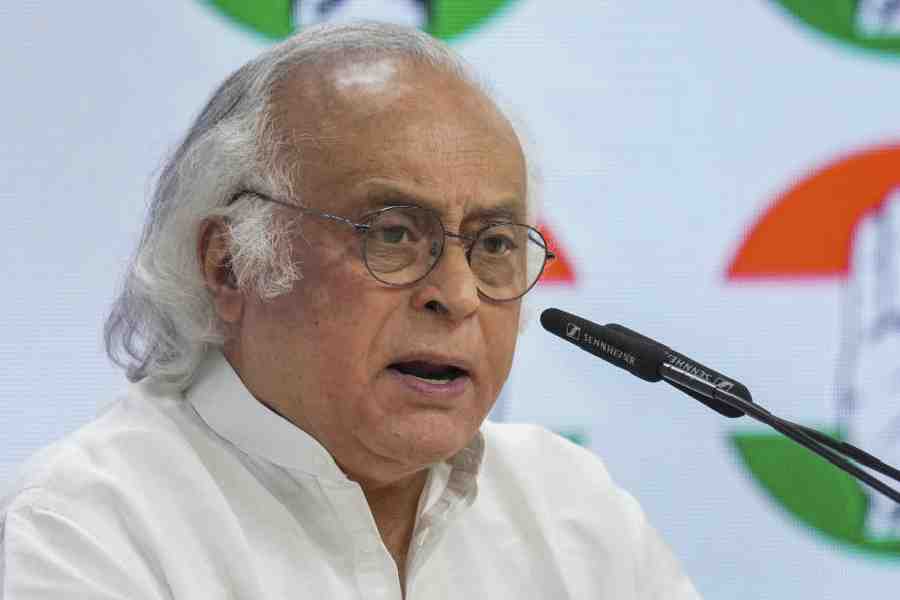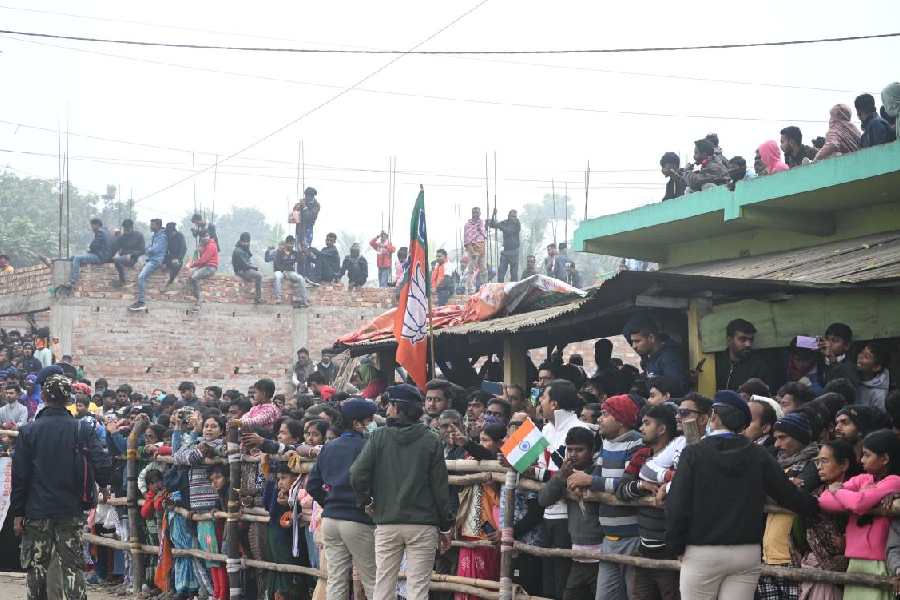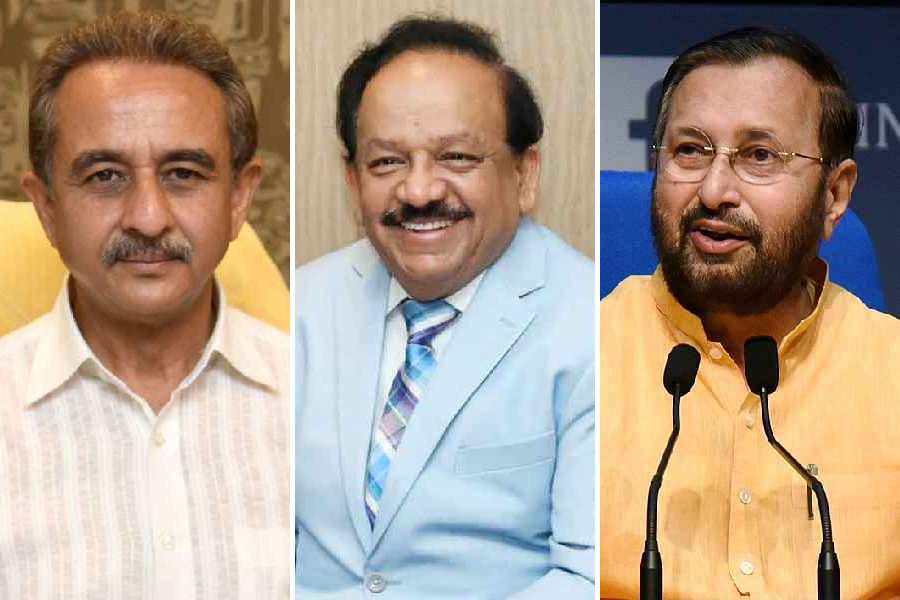Just six months ago, India and the US were celebrating what looked like a new Golden Age in relations. Prime Minister Narendra Modi was one of the first world leaders to visit Washington after Donald Trump’s return to the White House. The hugs were firm, the smiles wide. Trump hailed Modi as “a great friend.” Foreign minister S. Jaishankar got a front-row seat at the inauguration. Both sides spoke warmly of deepening trade and defence ties. Everything seemed set for a flourishing reboot.
And yet today, the mood has curdled. Trade talks have collapsed. Trump is lashing out, announcing a 25 per cent tariff on Indian exports and an extra “substantial” tariff on India for buying Russian oil. The bromance has gone spectacularly bust.
So what went wrong? No one can say with certainty. Theories abound. The picture is clouded by competing explanations, some strategic, some petty, some personal. None, on its own, explains the dramatic unravelling. Yet there is one overriding theme: India’s intransigence in the trade negotiations. And for Trump, global diplomacy boils down to trade – forget alliances.
At its heart, the problem may be a familiar one: trade imbalance. The US buys far more from India than India buys from the US. It’s a famous Trump sore spot. Commerce minister Piyush Goyal, while publicly sounding optimistic, was reportedly firm in private about not yielding an inch. Some in Washington say Trump saw this as India boasting it stood firm on sectors like data, e-commerce and agriculture.while the US blinked and took it all personally.
And then there’s the optics: India, with its multitude of non-tariff barriers and its tariff wall higher than its South Asian neighbours. Bizarrely, India was insisting in the talks that US golf shoes sold domestically carry Indian shoe-size markings, a requirement the US calls needless, given the tiny Indian market for golf footwear. “No one buys expensive golf shoes in India anyway,” says one trade expert. Delhi counters it’s about consumer clarity and local standards, but the US side wonders why India would want to invent a new shoe-size system when trade talks were teetering.
The golf-shoe row is just one of many “below-the-radar” irritants. There’s already talk in Washington of a broader review of India’s non‑tariff measures disguised as local standards — something Trump is particularly keen to crack down on.
And hovering above it all is Russian oil. Trump’s anger spiked after India refused to stop its cut-rate crude purchases from Moscow. He accused Delhi of financing Russia’s war machine, adding provocatively, “India and Russia can take their dead economies down together.” Trump’s tariff threats over Russia are seen as part of his broader frustration with Moscow’s refusal to heed his demands to halt the Ukraine war. “If Putin were not ignoring Trump’s calls to stop waging war in Ukraine, Trump likely would not be going after India so hard for buying Russian oil,” says Michael Kugelman, a Washington‑based South Asia analyst.
Another contributing factor to Trump’s trade meltdown may be that he’s soured on India because it has failed to live up to Washington’s long-held hope it might serve as a counterweight to China. Despite Quad membership and Indo-Pacific drills, India has been deepening its BRICS engagement and attending G7 meeting while endorsing Global South complaints. To Trump, this looks like playing both sides.
But here’s the thing: all these irritants existed before. Early this year, both sides projected confidence. A new trade deal was said to be “within reach.”
What changed? Some say personality politics may play a role. It hasn’t helped that Modi and Trump are temperamentally similar, both strongly averse to being contradicted in public and inclined to take a hard line for the sake of domestic optics. When Trump began claiming repeatedly he brokered the ceasefire in the four-day India–Pakistan war, Delhi pushed back and declined to flatter him. Modi stressed the end to fighting was negotiated solely by Indian and Pakistani generals, with “no external mediation.”
After Pakistan nominated Trump for a Nobel Peace Prize, India stayed silent. While Pakistan courted Trump with crypto deals and soft overtures on oil and critical minerals, India stuck to its trade playbook. Still, none of these reasons quite explains the rapid deterioration. “The truth is, there is no single answer,” says one analyst.
Delhi, for its part, has tried to regain the narrative. On Monday, it accused the US and EU of hypocrisy for criticising its Russian oil imports while continuing to trade with Moscow. Indian officials pointed out Delhi turned to Russian crude at Western urging to prevent global oil prices from skyrocketing.
Yet that argument has little traction in Trump’s Washington. Trump’s economic team had once predicted that India would be among the first countries to clinch a post‑election trade deal. Instead, Delhi now faces 25 per cent tariffs, steeper than the 20 per cent imposed on Bangladesh and the 19 per cent on Pakistan. On top of that lurk threats of further levies over its Russia purchases. A $3‑billion drone deal is stuck. The Quad summit in Delhi looks wobbly, with Trump yet to confirm whether he will attend and whether he might also drop in on Islamabad.
At the official level, even as India-US relations are among the worst they have ever been in this century, there’s a vacuum: no US ambassador in New Delhi, and no confirmed assistant secretary of state for South Asia in Washington DC to help chart a way forward.
Delhi, meanwhile, is projecting measured resistance. Goyal has said India will “never compromise” on its core interests, and that any trade arrangement must be “balanced and fair.” Officials have framed Trump’s move as political posturing, and no retaliatory tariffs are on the table at least for now. Industry leaders and economists are urging against panic, arguing India remains geopolitically important to the US and that a mutually acceptable trade deal could still emerge.
Still, India’s options are narrowing. Trump’s demands for loyalty, investment, and clear alignment may now force Delhi to engage in a strategic rethink. Will India revert to a non‑aligned posture? Analysts say India may weigh a thaw with Beijing, despite border tensions, as a hedge against an erratic US? As one former Indian diplomat put it: “Trump is changing the rules of global engagement. And India must now navigate a world where the leading superpower has become a dangerously unpredictable maverick.”
Goyal is saying that the deal must be balanced and fair. The Americans would like nothing more. Hitherto balanced and fair meant India charged over 100 per cent on US two-wheelers while the Americans charged zero on Indian two-wheelers. While the US states charged a 7.5 per cent tax (weighted average), Indian GST and surcharges were over 20 per cent.
Whatever the diplomatic outcome, the future trade will be much more even handed.

